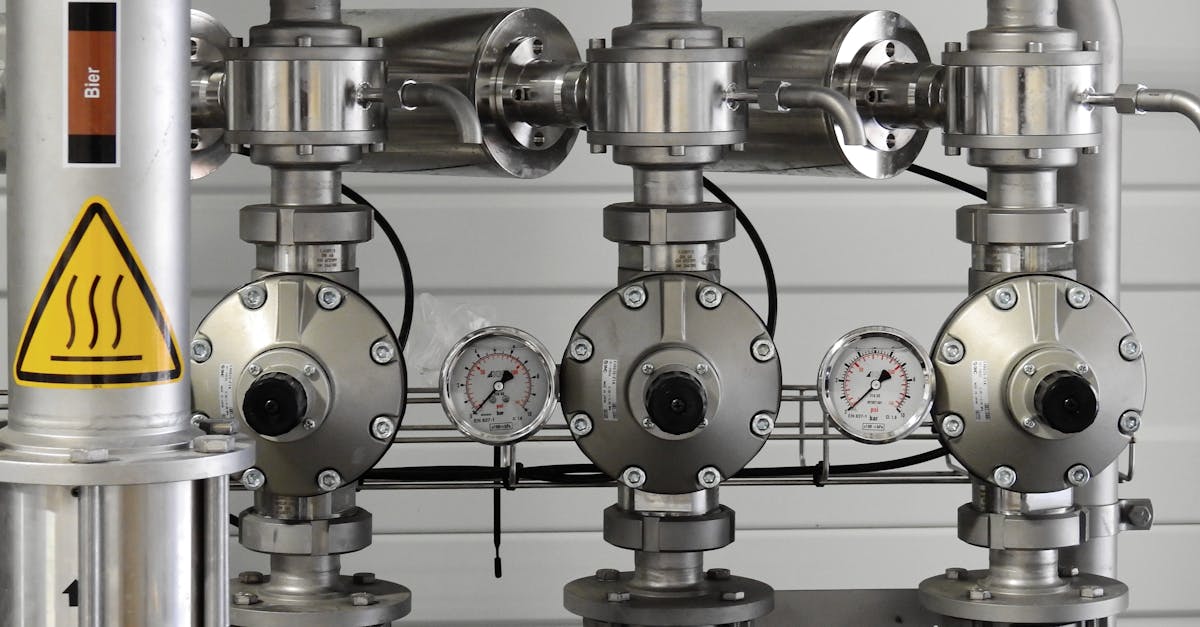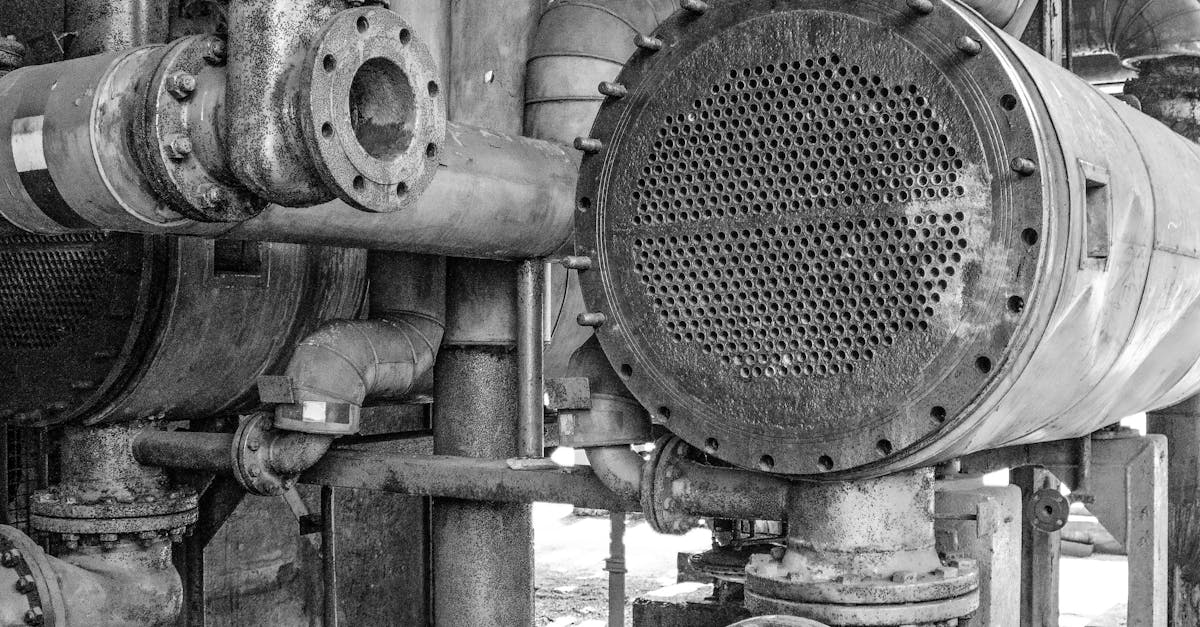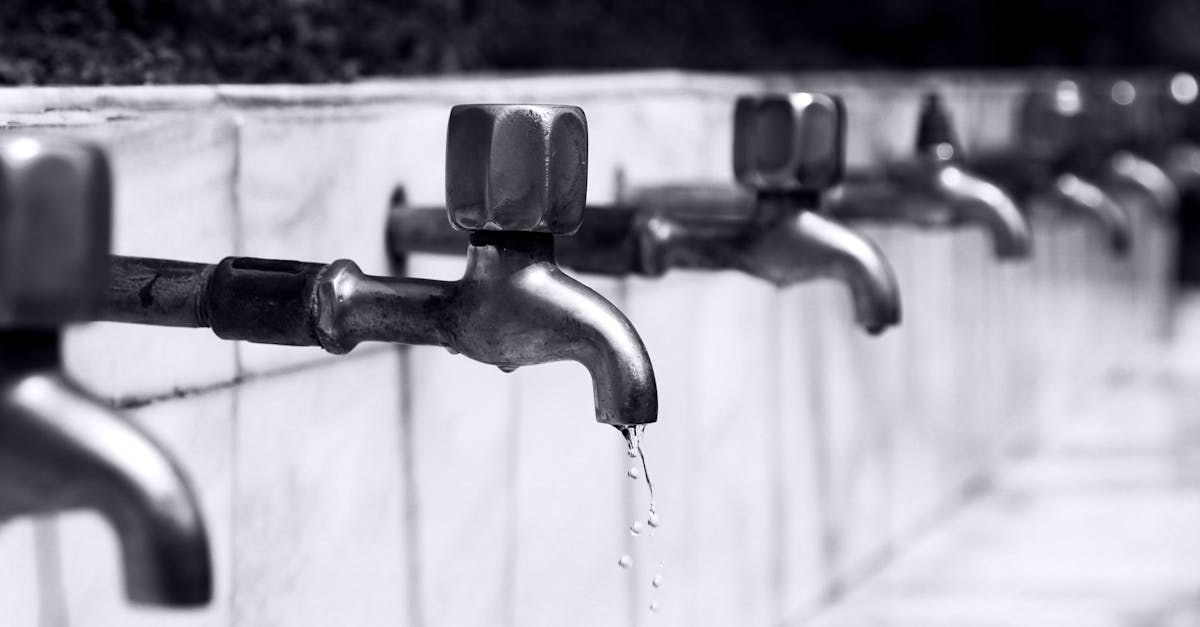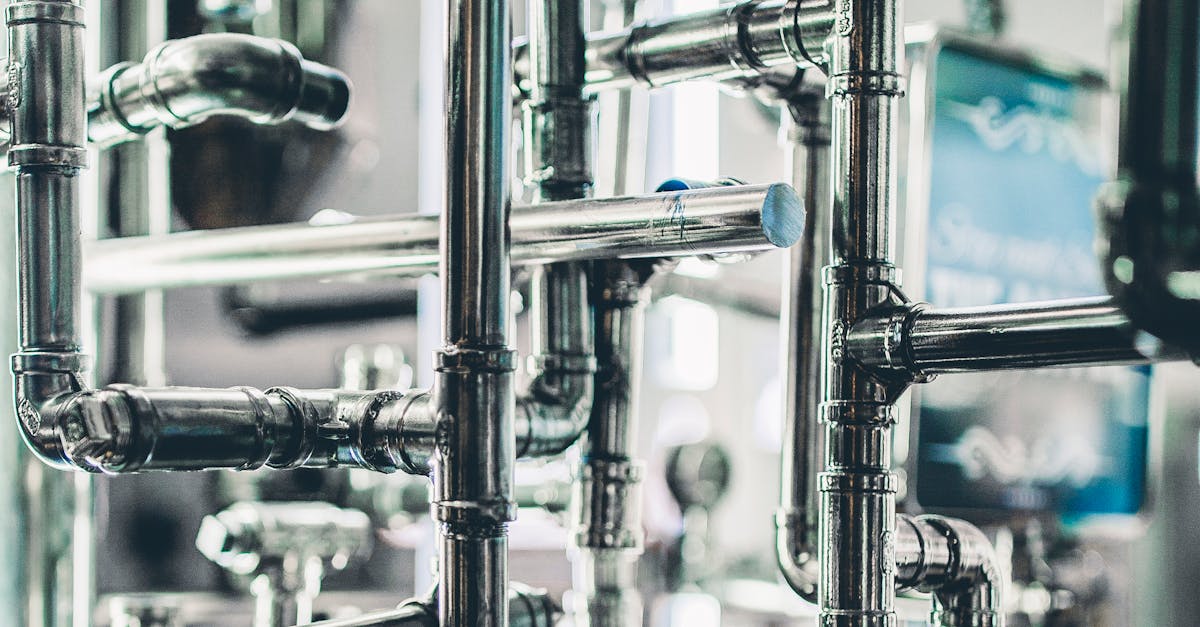
Table Of Contents
Environmental impact of neglected pipe maintenance
Neglected pipe maintenance can have serious environmental impacts. Leaking pipes can result in substantial water wastage, putting additional strain on already limited water resources. In addition, corroded or damaged pipes can contaminate surrounding soil and water bodies, leading to pollution and potential harm to local ecosystems.
Pipe installation and repair should not be overlooked as a minor expense. Investing in timely maintenance can reduce the risk of environmental damage caused by leaking or damaged pipes. Proper maintenance practices not only help conserve precious water resources but also contribute to the overall health of the environment by preventing pollution and contamination.
Water conservation efforts
Water conservation efforts are a critical aspect of pipe maintenance, particularly in regions facing water scarcity. Efficient water management through regular pipe maintenance can significantly reduce unnecessary water wastage. Properly maintained pipes can prevent leaks and ensure that water is delivered accurately to where it is needed. As such, investing in proactive pipe maintenance can contribute to sustainable water usage and conservation efforts.
Pipe installation and repair play a pivotal role in water conservation by ensuring that water distribution systems function optimally. By maintaining pipes, water utilities can minimise loss through leaks and improve water quality. Additionally, upgrading to high-quality pipes can enhance system efficiency, reducing the overall water demand and supporting conservation initiatives. Prioritising water conservation efforts through proper pipe maintenance not only saves resources but also contributes to environmental sustainability for future generations.
Pipework complexity and associated costs
Pipework complexity plays a pivotal role in determining the associated costs for pipe installation and repair. The intricacy of a piping system can significantly impact the total expenses involved in maintaining and upgrading it. More intricate pipe networks often require specialized equipment and skilled labour, increasing the overall cost of maintenance and repair work. Additionally, complex piping systems may necessitate more frequent inspections and maintenance checks to ensure optimal functionality and prevent costly breakdowns.
When assessing the costs of maintaining pipes with varying degrees of complexity, it is crucial to consider the long-term financial implications. Investing in high-quality pipes and proactive maintenance measures can help mitigate potential issues and minimise repair expenses in the future. By conducting regular inspections and addressing any piping concerns promptly, businesses and households can avoid the need for extensive repairs or replacements, ultimately saving on maintenance costs over time.
Retrofitting existing systems
When considering the option of retrofitting existing systems, the cost implications can vary depending on the specific requirements of the project. Pipe installation and repair are fundamental components of retrofitting, often involving intricate tasks and specialised equipment. As such, the expense can be significant, especially when dealing with older or more complex systems that may require custom solutions.
In many cases, retrofitting existing systems is a prudent investment in the long-term operational efficiency and sustainability of a pipeline network. Upgrading outdated components can enhance the overall performance of the system and potentially reduce the frequency of future maintenance and repair costs. Moreover, modernisation efforts can often align the pipeline infrastructure with current industry standards and regulatory requirements, ensuring compliance and mitigating the risk of unforeseen expenses down the track.
Benefits of investing in highquality pipes
Investing in high-quality pipes for pipe installation and repair may initially seem like a costly endeavour, but the long-term benefits often outweigh the upfront expenses. High-quality pipes are durable and resistant to corrosion, reducing the likelihood of leaks and damage. This durability ensures that the pipes have a longer lifespan, ultimately saving money on frequent repairs and replacements. Additionally, high-quality pipes contribute to improved water quality by preventing contaminants from leaching into the water supply, further emphasising the importance of investing in premium materials for pipework.
Furthermore, high-quality pipes offer a higher resistance to clogs and blockages, reducing the need for regular maintenance and interventions. This advantage not only saves money on servicing costs but also minimises the disruptions caused by pipeline issues. Additionally, the enhanced efficiency of high-quality pipes results in better water flow rates and pressure, ensuring optimal performance of the entire plumbing system. By prioritising the use of superior materials in pipe installation and repair, individuals can enjoy greater peace of mind knowing that their plumbing infrastructure is reliable and built to last.
Longterm cost savings
When it comes to considering the long-term cost savings associated with pipe maintenance, it is essential to analyze the overall expenditure involved. Regular maintenance of pipes can prevent costly repairs and replacements in the future. By investing in high-quality pipes initially, the need for frequent repairs diminishes, resulting in reduced long-term expenses. Pipe installation and repair may seem like a significant upfront investment, but it ultimately leads to substantial savings over time by avoiding more expensive fixes due to neglected maintenance.
Additionally, the environmental impact of neglected pipe maintenance should not be overlooked. Over time, faulty pipes can lead to water wastage and contamination, which not only incurs financial costs for purification but also harms the environment. Therefore, by proactively managing pipe maintenance and investing in quality materials and workmanship, organisations can save money in both the short and long term, while also contributing positively to water conservation efforts and environmental sustainability.
FAQS
What factors can affect the cost of pipe maintenance?
The cost of pipe maintenance can be influenced by factors such as the extent of damage, the type of materials used, and the complexity of the pipework.
Is neglecting pipe maintenance harmful to the environment?
Neglecting pipe maintenance can lead to leaks and water wastage, which can have a negative impact on the environment by depleting water resources and causing contamination.
How can water conservation efforts help reduce pipe maintenance costs?
Implementing water conservation efforts, such as fixing leaks promptly and using water-efficient fixtures, can help reduce the frequency and severity of pipe maintenance issues, ultimately lowering maintenance costs.
Are there additional costs associated with retrofitting existing pipe systems?
Yes, retrofitting existing pipe systems can incur additional costs due to the need for modifications, upgrades, or replacements to ensure compatibility and functionality with the new components.
What are the benefits of investing in high-quality pipes for maintenance?
Investing in high-quality pipes can lead to improved durability, longevity, and performance, reducing the need for frequent repairs and replacements, thus resulting in long-term cost savings.


